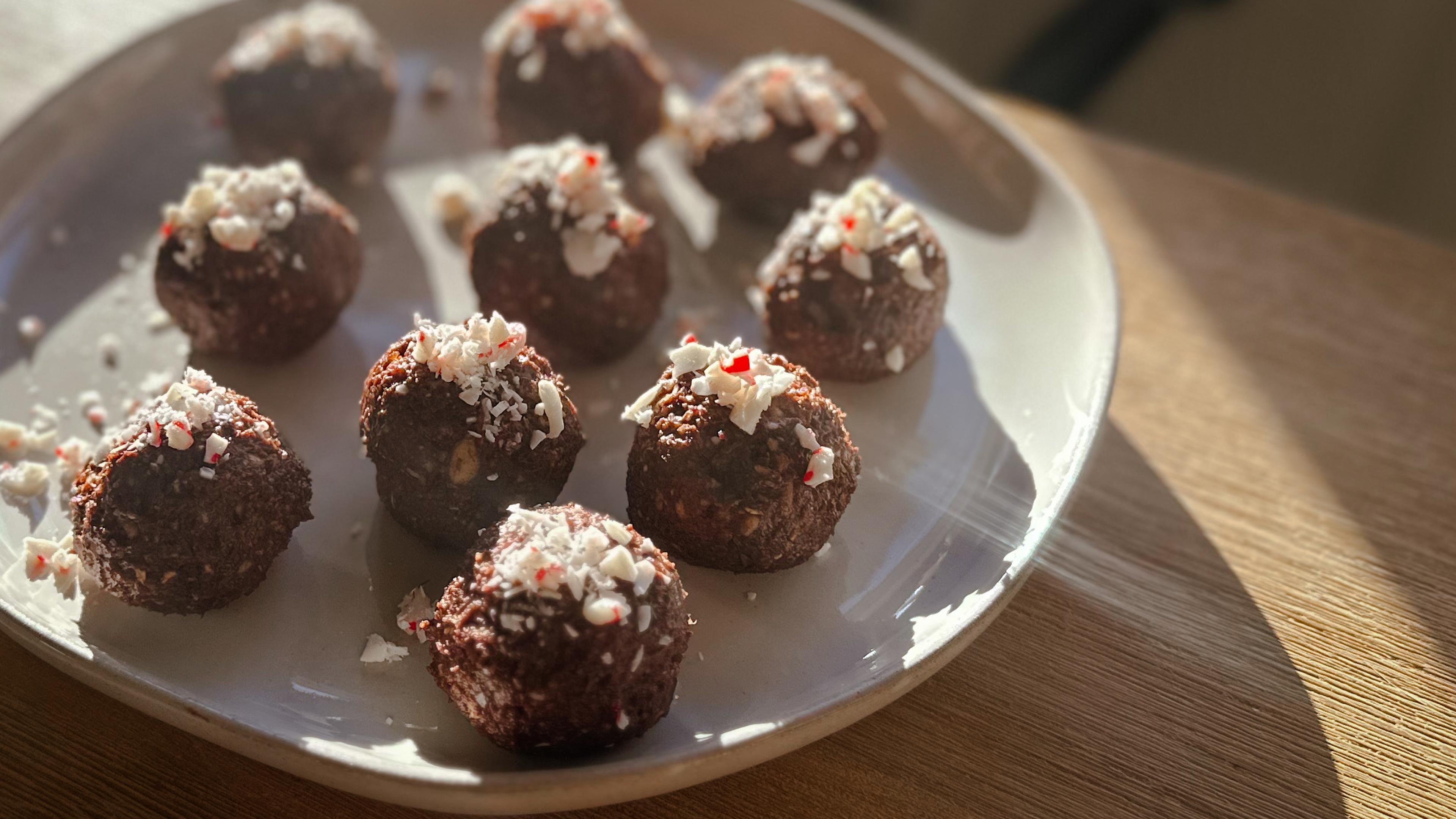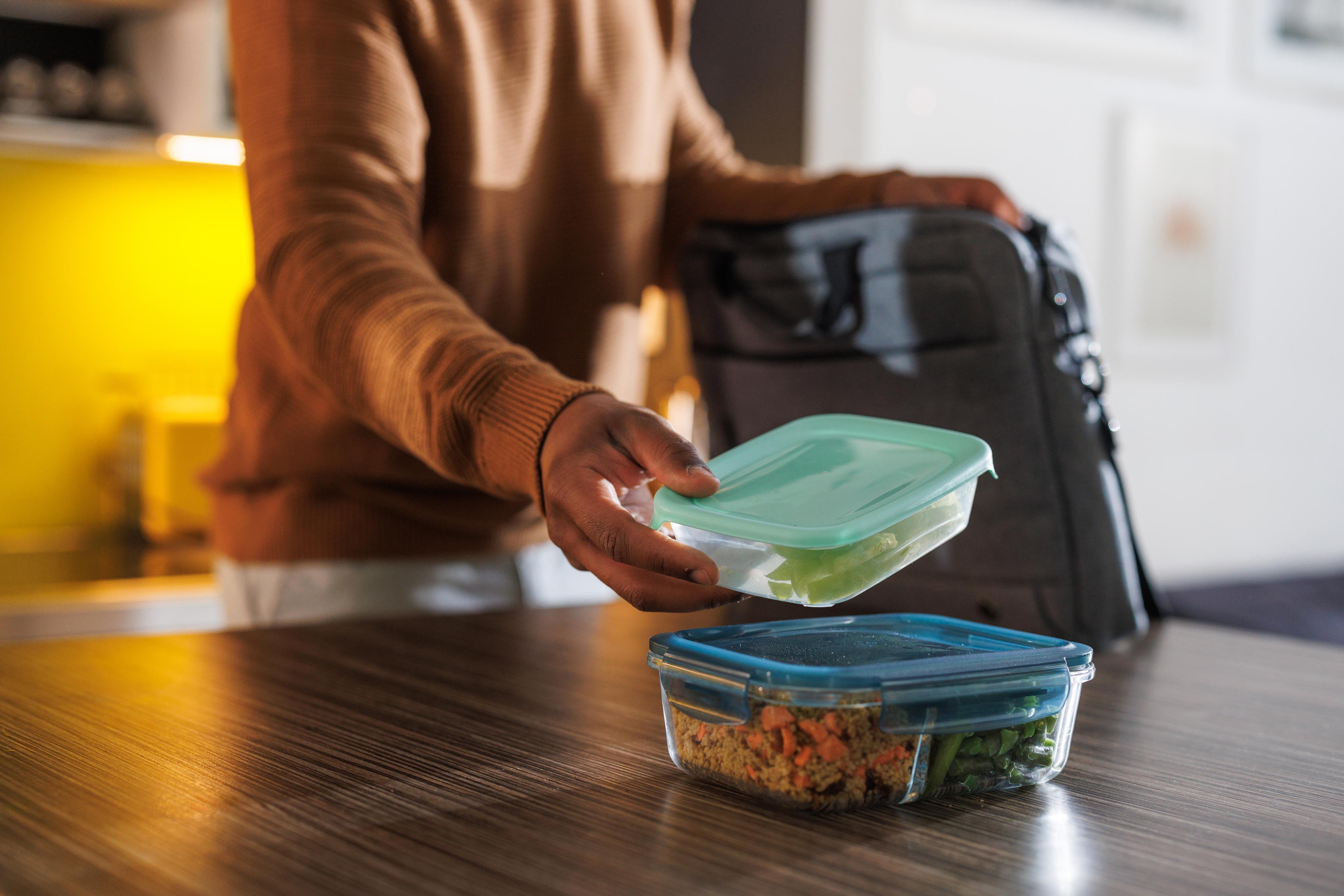Side Effects of a Processed Food Diet
Shandra Martinez
| 3 min read

Anyone who tries to eat a little healthier or find a way to have a more balanced diet probably already knows that processed foods tend to wind up at the end of the list of things that are good for your body. While we may love the satisfying crunch of potato chips or the way a big spray of canned whipped cream adds pizzazz to our pecan pie, a grocery cart brimming with additive-filled or chemically-enhanced food is not going to help anyone’s waistline or overall health. But do the consequences run deeper than just a few extra pounds? Let’s look at the side effects of a diet filled with processed foods.
What is processed food? Most of us think we already know the answer to this. When we talk about processed foods, we likely think of all the brightly-wrapped items that line the middle aisles of the grocery store: the cans of soup, boxes of orange-powdered macaroni and cheese or the breakfast cereals filled with colorful marshmallow bits. But here’s where it gets tricky. According to the U.S. Department of Agriculture, any food that has been washed, cut, mixed or otherwise altered from its natural state is considered a processed food. So that bag of baby carrots or container of salted almonds? Yes, those are considered minimally processed foods, according to the Mayo Clinic.
Ultra-processed foods. However, the level where processed foods tend to impact a person’s health comes when food ingredients have been heavily processed or altered to create new things. Some examples:
- Foods that have ingredients added to improve their flavor and texture, like sweeteners, oils, food coloring or preservatives. This can include salad dressings, cake mixes and jarred sauces.
- Foods like crackers, store-bought baked goods, lunchmeat and chips are considered ready-to-eat or convenience foods. These have been heavily processed.
- Frozen or pre-made meals are considered the most processed foods – or ultra-processed. These include the single-serve dinners you heat in the oven or microwave. Examples include frozen pizzas, burritos and chicken nuggets. This category also includes drinks like soda with artificial colors and preservatives.
Calorie-rich, nutrient-poor. Diets that contain several of these kinds of processed foods are considered a calorie-rich diet, but one that is likely poor in nutrients. People eating more of these kinds of foods typically have less room in their diets for whole, unprocessed foods as well as fruits and vegetables. For some people, ultra-processed foods can comprise up to 60% of their diets, according to research shared by WebMD.
Ultra-processed equals bad for your health. This type of food is seen as the culprit or a big contributing factor behind several chronic conditions. Recent studies have shown that people who eat heavily processed foods have a higher chance of developing cancer and have a higher likelihood of packing on extra pounds. One study showed that for every 10% increase in the amount of ultra-processed food someone ate, their overall cancer risk rose 12%. Ultra-processed foods have also been linked to a growing number of health problems, including:
- Diabetes
- Obesity
- Heart disease
- Stroke
- Some types of cancer
- Shortened life span
Move toward minimally-processed. Unless you are set on eating only whole foods or cooking everything from scratch, the goal should be to ease away from ultra-processed foods and toward ones that are minimally processed. Examples of this:
- If you can’t eat whole fruit, pick canned fruit in natural juices.
- If you can’t eat a fresh vegetable, select a frozen vegetable or veggie mix and heat it up.
- Choose fresh, bagged salad mixes if you cannot make your own.
- Buy a pre-roasted chicken from your local deli counter instead of a frozen meal.
Related:
Photo credit: Getty Images





